Dumplings are a beloved staple in many cultures around the world, and at the heart of this culinary delight lies the Dumpling Wrapper. These thin sheets of dough serve as the foundation for a variety of fillings, from savory meats and vegetables to sweet pastes. Understanding the production process of Dumpling Wrappers and their versatile usage can enhance your culinary skills and appreciation for this traditional food.
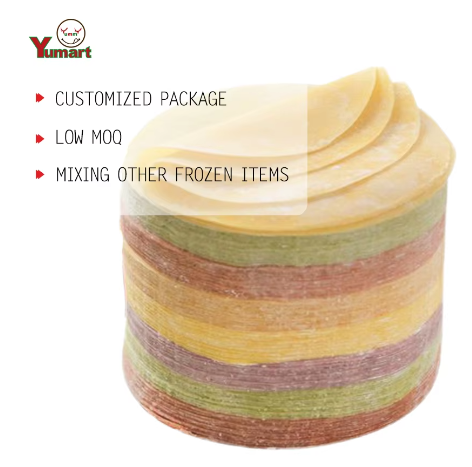
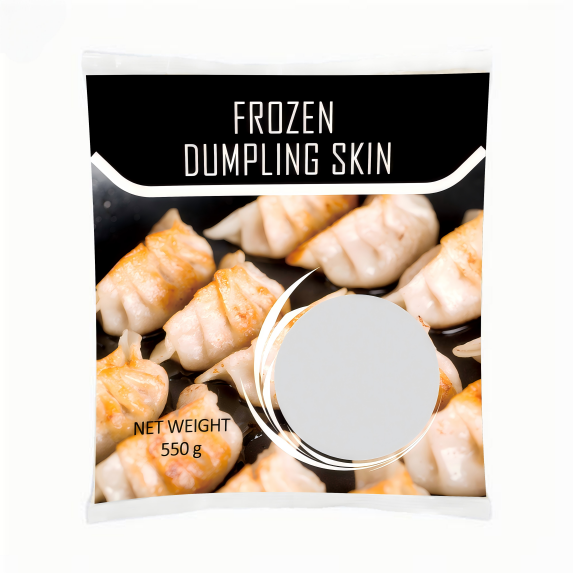
The creation of Dumpling Wrappers is a simple yet meticulous process that can be done at home or purchased pre-made from stores. The primary ingredients for making Dumpling Wrappers are flour, water, and sometimes salt. Here’s a step-by-step guide to producing your own Dumpling Wrappers:
1. Choosing the Right Flour: The type of flour you use is crucial. All-purpose flour is commonly used, but for a chewier texture, you might opt for a combination of all-purpose and high-gluten flour. Some recipes even call for rice flour for gluten-free options.
2. Mixing the Dough: In a large mixing bowl, combine the flour with a pinch of salt. Gradually add water while mixing with your hands or a wooden spoon until the dough begins to form. The amount of water can vary depending on the humidity and the type of flour used, so it’s essential to add it slowly.
3. Kneading: Once the dough comes together, transfer it to a floured surface and knead it for about 10 minutes. The goal is to develop the gluten, which gives the wrappers their elasticity. The dough should be smooth and slightly tacky but not sticky.
4. Resting the Dough: After kneading, cover the dough with a damp cloth or plastic wrap and let it rest for at least 30 minutes. This resting period allows the gluten to relax, making it easier to roll out the dough.
5.Rolling Out the Wrappers: After resting, divide the dough into smaller portions. Roll each portion into a log and cut it into equal pieces. Take one piece and flatten it slightly with your palm. Using a rolling pin, roll it out into a thin circle, about 3 to 4 inches in diameter. The edges should be thinner than the center to ensure even cooking.
6. Dusting: To prevent the wrappers from sticking together, dust them lightly with flour as you work. You can stack the rolled wrappers with parchment paper in between to keep them separated.
7. Cooking the Wrappers: Dumpling Wrappers can be used fresh or cooked. If you plan to use them immediately, they can be filled and cooked right away. If you want to store them, place them in an airtight container in the refrigerator for up to a few days or freeze them for longer storage.
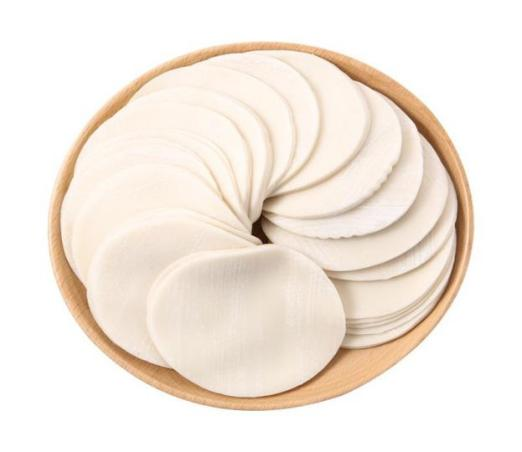
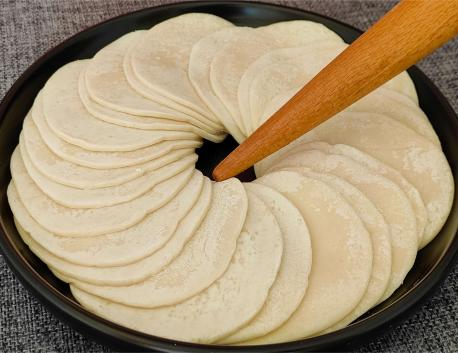
Usage of Dumpling Wrappers
Dumpling Wrappers are incredibly versatile and can be used in various dishes across different cuisines. Here are some popular ways to use Dumpling Wrappers:
1. Traditional Dumplings: The most common use for rDumpling Wrappers is to make dumplings. Fill them with a mixture of ground meat (such as pork, chicken, or beef), vegetables, and seasonings. Fold and seal the wrappers to create pleats, ensuring they are tightly closed to prevent any filling from leaking during cooking. Dumplings can be boiled, steamed, or pan-fried, each method offering a unique texture and flavor.
2. Potstickers: A variation of dumplings, potstickers are pan-fried on one side to create a crispy bottom before being steamed. The contrast between the crunchy base and the soft filling makes potstickers a favorite among many.
3. Wontons: Wontons are another type of dumpling that often uses thinner wrappers. They can be filled with a variety of ingredients and are commonly served in soups or deep-fried as appetizers.
4. Dessert Dumplings: Dumpling Wrappers can also be used for sweet dishes. Fill them with sweetened red bean paste, fruit, or chocolate, and then steam or fry them for a delightful dessert.
5. Lasagna Sheets: In a creative twist, Dumpling Wrappers can be used as a substitute for lasagna sheets. Layer them with sauce, cheese, and fillings for a unique take on this Italian classic.
6. Spring Rolls: While traditional spring rolls use rice paper, Dumpling Wrappers can be used as a substitute. Fill them with a mixture of vegetables and proteins, then roll and fry for a crispy snack.
7. Creative snacks: For a modern twist, cut Dumpling Wrappers into smaller circles, fill them with various toppings, and bake or fry them for bite-sized appetizers.
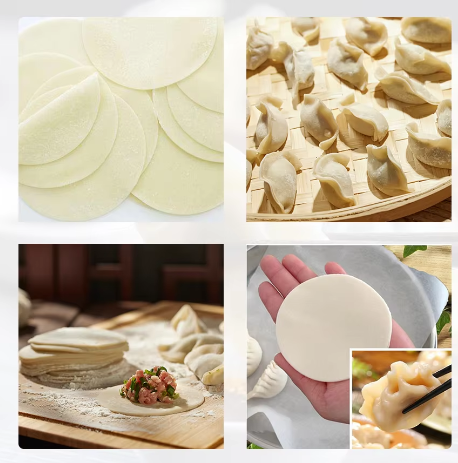
Dumpling Wrappers are more than just a vessel for fillings; they are a canvas for culinary creativity. Whether you choose to make them from scratch or purchase them pre-made, understanding the production process and exploring their various uses can elevate your cooking experience. From traditional dumplings to innovative dishes, the possibilities are endless. So, roll up your sleeves, gather your ingredients, and embark on a delicious journey with Dumpling Wrappers!
Contact
Beijing Shipuller Co., Ltd.
WhatsApp: +8613683692063
Post time: Dec-31-2024